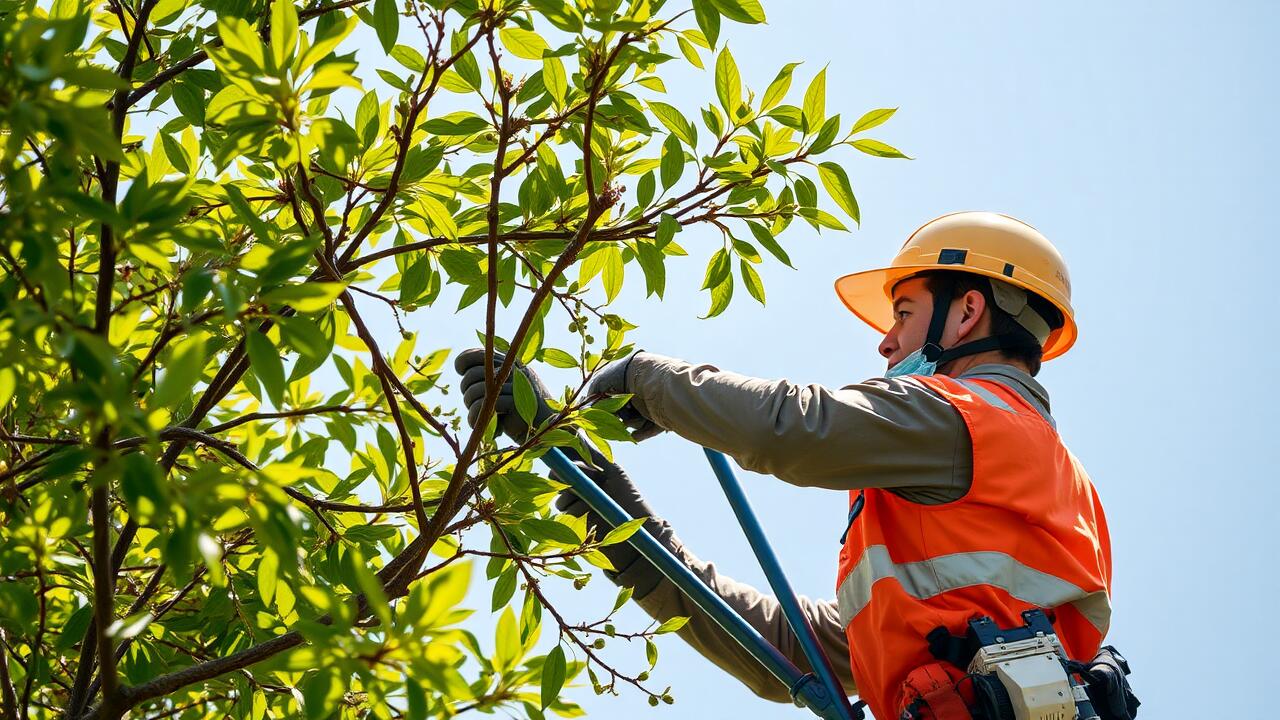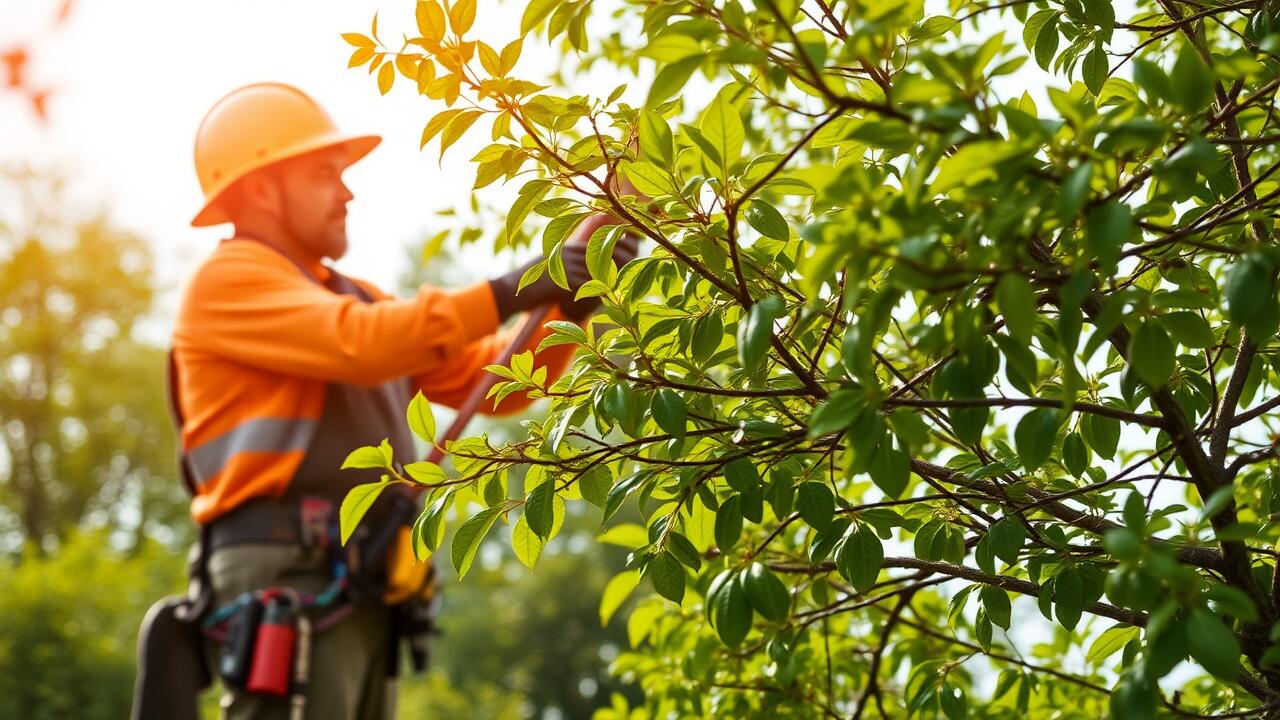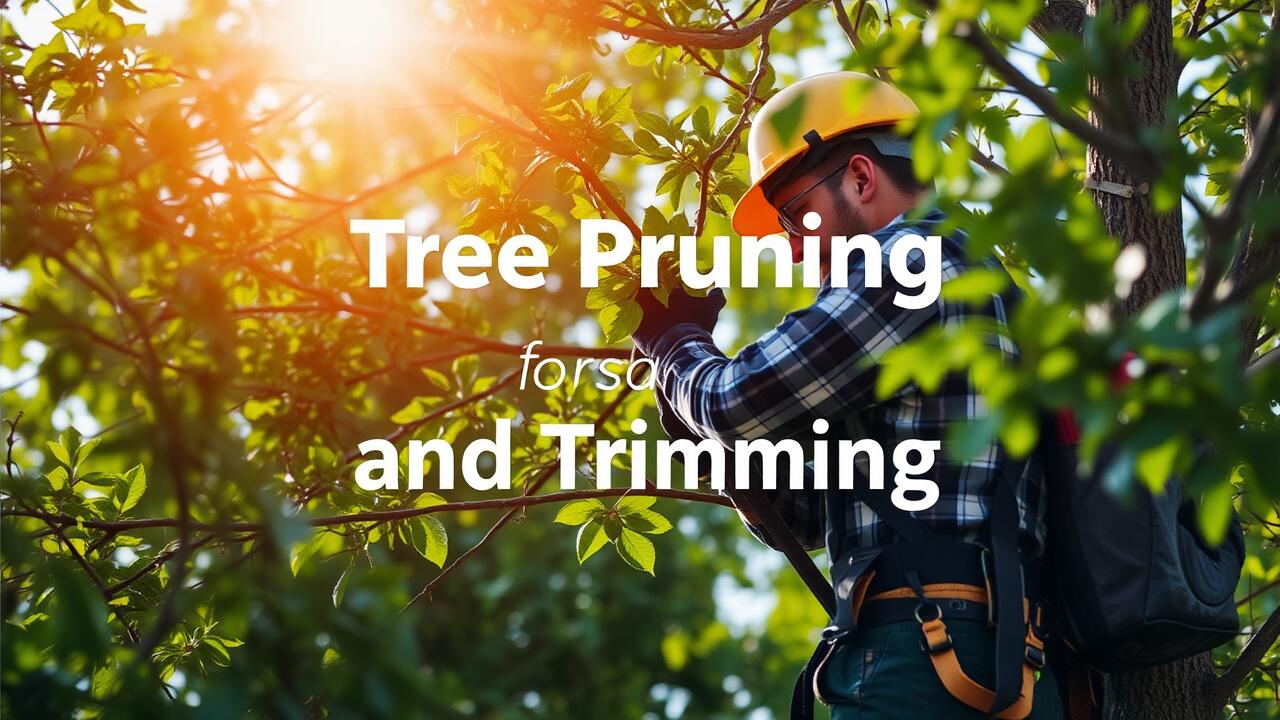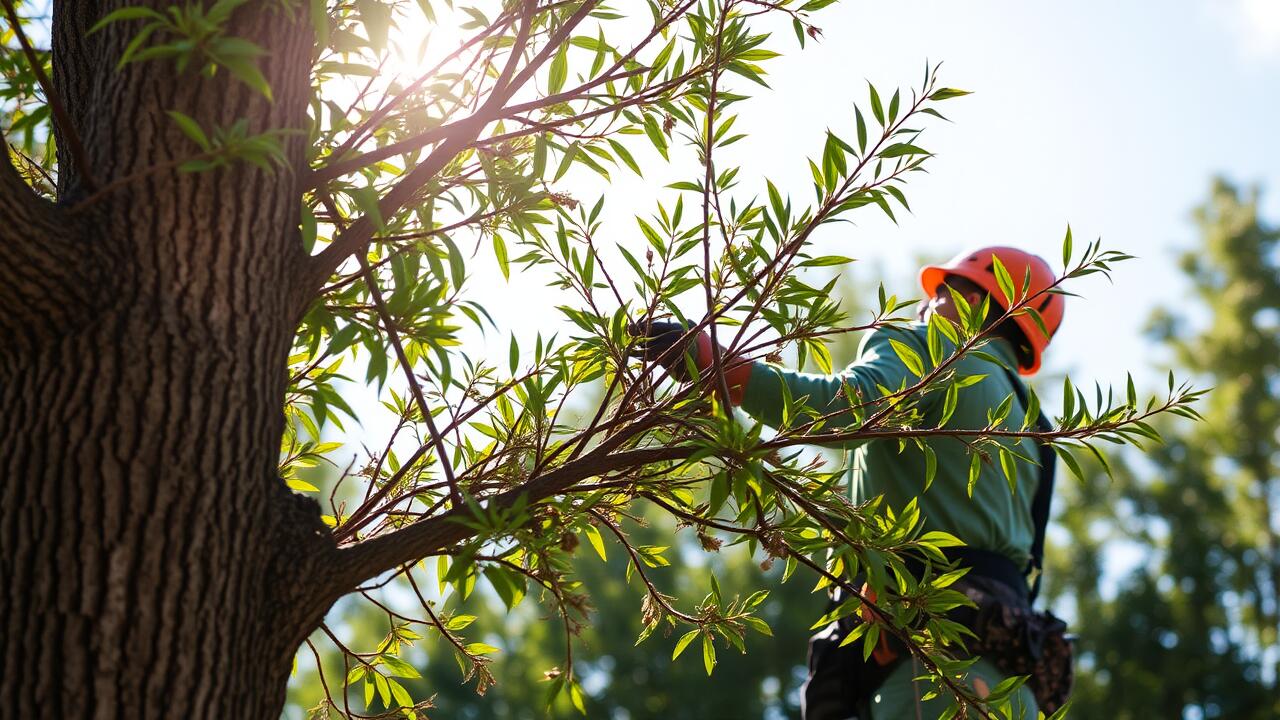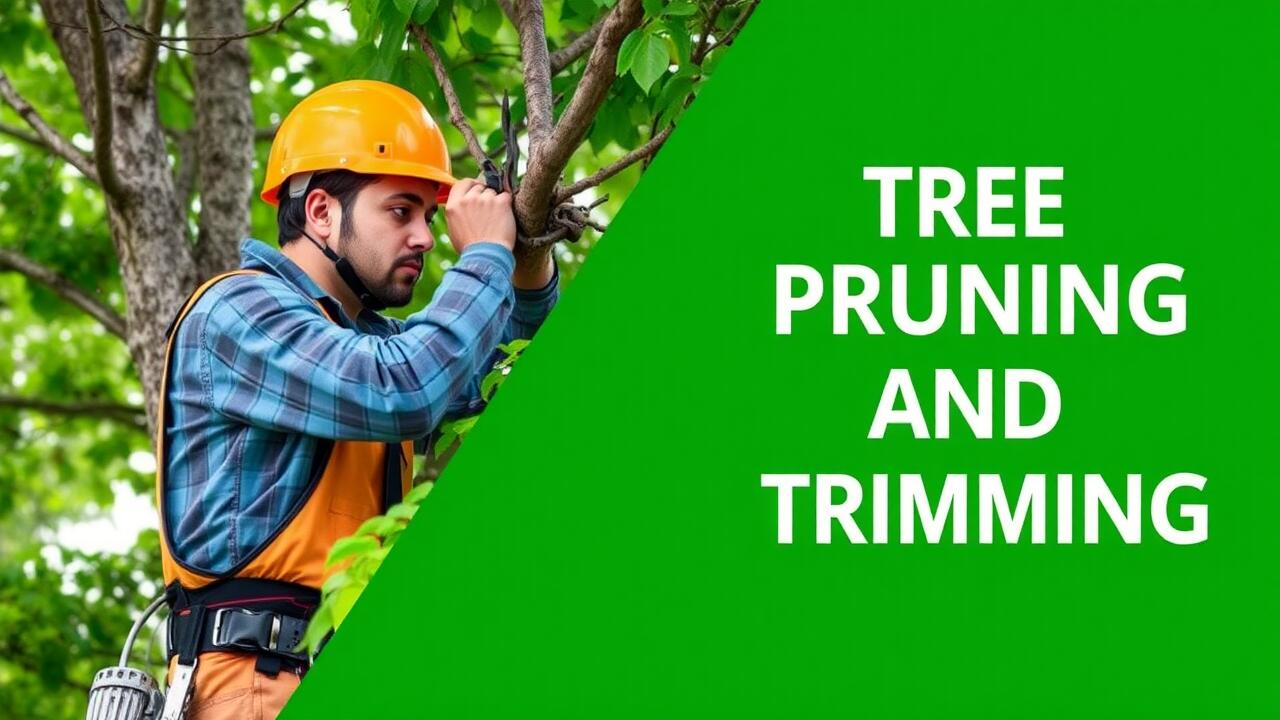
Boosting Flower and Fruit Production
Pruning plays a crucial role in enhancing the flower and fruit production of trees. By removing dead or overcrowded branches, the tree can redirect its energy towards developing healthy blooms and fruit. This practice increases sunlight exposure and ensures that crucial nutrients reach the remaining branches, leading to more vibrant flowers and a bountiful harvest. Trees that are routinely pruned not only tend to produce more fruit but also exhibit improved fruit quality, making them more appealing for both ornamental use and consumption.
Engaging in Tree Pruning and Trimming in Kirkwood, Atlanta, offers specific benefits tailored to the local climate and tree species. The warm subtropical environment of Atlanta means that specific timing for pruning can further optimize these results. Properly timed interventions can stimulate growth during the active season, encouraging stronger blossoms and fruit set. Homeowners and gardeners can achieve remarkable outcomes by understanding how to implement effective pruning strategies aligned with the seasonal cycles typical of their region.
Timing Your Pruning Efforts
Timing plays a crucial role in the success of tree pruning efforts. Many trees benefit from pruning during their dormant season, typically in late winter or early spring before new growth begins. This timing allows for optimal healing and minimizes stress on the tree, as well as reducing the risk of any potential damage caused by pests and diseases. For specific types of trees, such as flowering varieties, pruning just after blooming ensures that the aesthetic impact remains intact and encourages robust growth for the next season.
In areas like Druid Hills, Atlanta, where the climate can affect flowering and growth patterns, adapting pruning schedules to local conditions becomes essential. The warmer months can lead to accelerated growth; therefore, monitoring the health and appearance of trees will help determine the best times for pruning. Regular tree maintenance, which includes both pruning and trimming, ensures trees remain healthy and visually appealing throughout the seasons.
Improving Air Circulation
Proper air circulation around a tree is crucial for its overall health and vitality. When branches are too dense or overlapping, airflow diminishes, leading to increased humidity and the potential for fungal diseases. Pruning helps alleviate this overcrowding, allowing for a more open structure that promotes healthy air movement. Improved airflow not only helps prevent diseases but also enables sunlight to penetrate the foliage, fostering better growth and development.
Engaging in activities such as Tree Pruning and Trimming in Morningside Lenox Park, Atlanta, allows homeowners to enhance air circulation effectively. When professionals assess which branches to remove, they can identify problematic areas that restrict airflow. By creating a balanced canopy, trees can better thrive in their environment, ultimately leading to more robust foliage and healthier growth patterns. This careful management of tree structure plays a vital role in maintaining the overall aesthetic and health of the landscape.
How Airflow Affects Tree Health
Proper airflow is essential for tree health, as it helps reduce moisture levels that can lead to fungal infections and pests. When trees are densely packed with branches and leaves, air movement is restricted. This stagnation can create a humid microclimate that fosters the growth of pathogens. Ensuring adequate air circulation through careful pruning can significantly decrease the risk of these problems.
Tree Pruning and Trimming in Kirkwood, Atlanta, focuses on opening up the canopy to promote better airflow. By strategically removing branches, one can enhance light penetration and encourage the overall vitality of the tree. A well-pruned tree not only looks aesthetically pleasing but also maintains a balanced environment that supports robust health and growth.
Aesthetic Considerations in Pruning
Pruning is an essential horticultural practice that helps shape the overall appearance of trees. By removing dead or overgrown branches, gardeners can encourage healthier growth in the remaining limbs. This process enhances symmetry and promotes a more aesthetically pleasing silhouette, making the tree an attractive focal point in any landscape. Engaging in regular pruning improves not only the tree's health but also its visual appeal.
When considering Tree Pruning and Trimming in Atlanta, it’s important to take into account the specific species and natural shape of the tree. Balancing pruning efforts with the tree's natural growth habits ensures that the final look aligns with desired aesthetic goals. Thoughtful pruning enhances the tree's features while avoiding an unnatural appearance, contributing to a harmonious environment within gardens and public spaces.
Achieving a Balanced Canopy
A balanced canopy enhances the overall appearance of a tree, providing an appealing silhouette and promoting healthy growth. When pruning trees, the goal is to maintain symmetry in branch length and density across the entire tree. Careful consideration of the tree's natural shape allows for better light penetration and nutrient distribution. Regularly assessing the canopy can reveal areas that may need thinning or reshaping, ultimately leading to a more harmonious structure.
Tree Pruning and Trimming in Virginia Highland, Atlanta, plays a crucial role in achieving this balance. Professionals in the area often employ techniques that focus on removing excessive growth while preserving the tree's aesthetic form. By prioritizing the health and visual appeal of the tree, these experts ensure that the landscape remains vibrant and well-rounded. A properly pruned tree not only enhances curb appeal but also strengthens the tree, enabling it to thrive in its environment.
FAQS
What is the best time of year to prune trees for optimal aesthetics?
The best time to prune trees for improved aesthetics typically falls during late winter or early spring, before new growth begins. This timing allows you to shape the tree while minimizing stress and allowing for healthy new growth.
How does pruning affect flower and fruit production?
Pruning can enhance flower and fruit production by removing old or unproductive branches, allowing more light to reach the remaining buds. This encourages healthier blooms and potentially increases fruit yield.
What are the benefits of improving air circulation in trees through pruning?
Improving air circulation through pruning helps to reduce the risk of fungal infections and promotes healthier growth. Good airflow allows for quicker drying of foliage after rain, which can prevent diseases and contribute to overall tree health.
Can pruning change the overall shape of a tree?
Yes, pruning can significantly alter the shape of a tree. By selectively removing branches, you can create a more balanced canopy and enhance the tree's aesthetic appeal, making it fit better within its environment.
How often should I prune my trees for the best aesthetic results?
The frequency of tree pruning depends on the species and growth rate, but generally, trees should be pruned every 1-3 years. Regular pruning encourages a healthy structure and maintains the desired aesthetic appearance.
